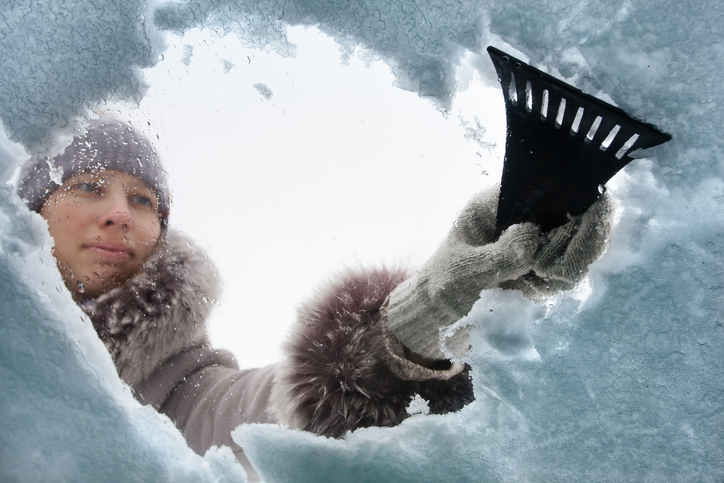
Canadian winters can be tough on cars. With increased risk of accidents due to severe weather conditions, as well as the gradual toll that wet snow and ice can take on vehicles, it’s no surprise that the season is one of the busiest periods of the year for body shops.
Fortunately, with the right training, auto body professionals can do plenty to help customers keep their cars in pristine shape, even in the harshest winter conditions. Here are some of the most common auto body problems that you can expect to deal with during the colder months.
Expect to See More Front Bumper Damage in the Winter During Your Career in Auto Body Repair
Driving in the winter is generally more hazardous than any other time of year. Ice and snow can make roads slippery and increase the risk of collisions and other accidents. As a result, professionals with auto body technician training can expect to see increased demand for repair jobs on fender skirts, body dents, and damaged headlights.
One of the most common problems, however, is front bumper damage. As temperatures drop, snowbanks freeze and become hard, meaning that drivers who make the mistake of trying to drive over them often do serious damage to the front of their vehicle. This has become even more widespread now that most modern cars are equipped with plastic bumpers, which fare less well in cold conditions than the steel and chrome ones used in older vehicles.
Use Your Refinishing Prep Training to Fix Paint Jobs Damaged by Snow and Ice
The winter months can also do a lot of damage to auto paint. The moisture that collects from winter weather can damage paint jobs over time, while the ice and snow that collects on a vehicle’s surface will also contain dirt and debris that can scratch auto paint.
Improper snow and ice removal can cause problems too, as drivers can often scratch the car’s paint by accident. With that in mind, you should be careful to advise customers on the correct techniques to use when scraping ice and snow off their vehicle.

Rust Is a Common Auto Body Problem During Colder Weather
While cold weather can take its toll on auto body paint, it can do even more lasting damage beneath the surface. The constant moisture that a car is exposed to during the winter can cause the body to begin to rust, while salt from the roads can also contribute to rust formation and accelerate corrosion.
Although professionals with proper refinishing prep training can easily repair surface rust and smaller corroded patches, rust can spread quickly, and will often require you to replace body parts completely. For this reason, it is best to encourage customers to bring their cars in for repair as soon as they see any signs of damage. Where possible, you should also advise them to store their cars in a dry environment during the winter months, and wash them regularly to keep them free of dirt, salt, and grime.
Want to help drivers keep their cars looking good and working well all year round?
Contact Automotive Training Centres to learn how to start a career in auto body repair.

